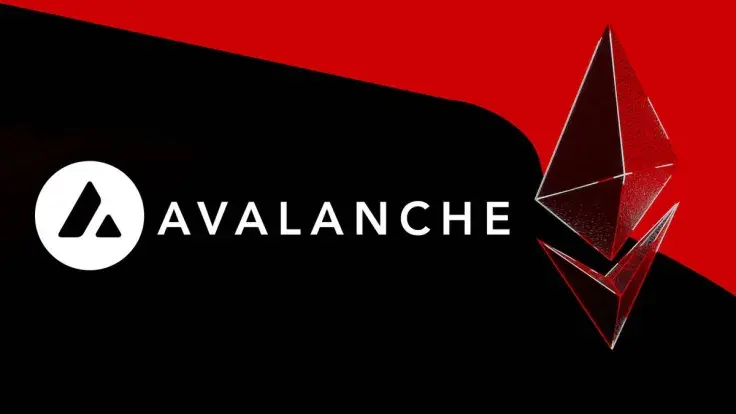
Disclaimer: The opinions expressed by our writers are their own and do not represent the views of U.Today. The financial and market information provided on U.Today is intended for informational purposes only. U.Today is not liable for any financial losses incurred while trading cryptocurrencies. Conduct your own research by contacting financial experts before making any investment decisions. We believe that all content is accurate as of the date of publication, but certain offers mentioned may no longer be available.
Does Avalanche (AVAX) have a chance to become the great “Ethereum Killer?” The altcoin has the fundamentals to stand out on the market, but how far can this make Avalanche grow?
Avalanche's main purpose is to be a peer competitor to Ethereum (ETH). Therefore, it already discards with its network the main problems that are found on the main altcoin on the market, such as high fees and a slow network.
Avalanche promises to make 4,500 transactions per second, compared to ETH, which makes just 14 in the same period.
But within the category of “Ethereum Killer,” all Ethereum competitors have the aforementioned qualities. However, Avalanche has other important highlights that make it a serious contender.
Its scalability, for example, is possible, as the altcoin has three individual blockchains with different purposes:
- X-Chain: Decentralized platform for creating and trading smart digital assets;
- C-Chain: Allows the creation of smart contracts;
- P-Chain: Coordinates validators, tracks active subnets and allows the creation of new subnets.
It is worth mentioning that Avalanche's consensus mechanism is differentiated according to its use cases. Additionally, the altcoin has been working on interoperability between its blockchain and Ethereum.
Avalanche token also has many advantages
When a user transacts with AVAX, the transaction fee is burned, bringing scarcity to the altcoin. Furthermore, the token is used to secure the network through the staking process, pay fees and provide a basic unit of accounting between the various subnets created on the Avalanche platform.
Another point is that AVAX has an impressive performance in platform economics. This is because Avalanche offers a variety of services, such as peer-to-peer lending, trading and creating subnets. All of these require the developer to have AVAX to enjoy them.
Why hasn’t cryptocurrency skyrocketed even though it has all those benefits?
First, it is possible to mention that the hype of Ethereum competitors did not last long. The emergence of ETH 2.0 makes the existence of an “Ethereum Killer” questionable.
In addition, Avalanche has many rivals that also have positive highlights, such as Polkadot (DOT) and Cardano (ADA). The high amount invested to become a cryptocurrency validator is also a significant negative.
With altcoins like ADA, for example, you do not have to be an investment whale to earn passive income from staking; AVAX requiring at least 2,000 tokens to be an Avalanche validator is self-defeating.
The amount of tokens mentioned represents an investment of USD $24,000 at the time of writing. Even with the major market correction that Avalanche went through, without a doubt, it is not an investment that any investor can make.
Scalability solutions and Ethereum finalizing its transition to version 2.0, where the altcoin, according to Vitalik Buterin, will make 100,000 transactions per second, may end Avalanche's promise of prominence on the market, even with its positive points.
 Dan Burgin
Dan Burgin Vladislav Sopov
Vladislav Sopov U.Today Editorial Team
U.Today Editorial Team